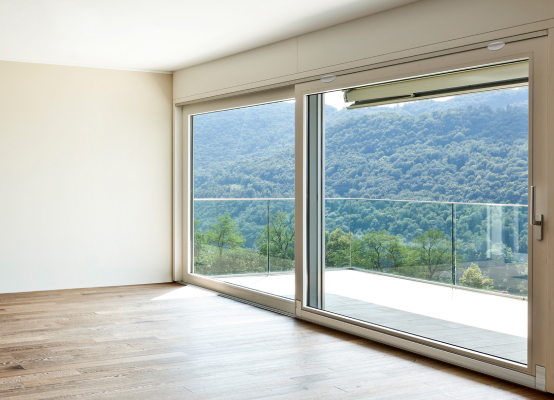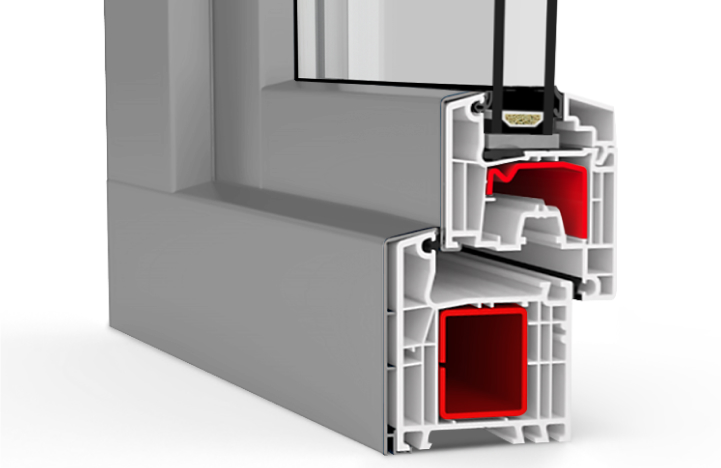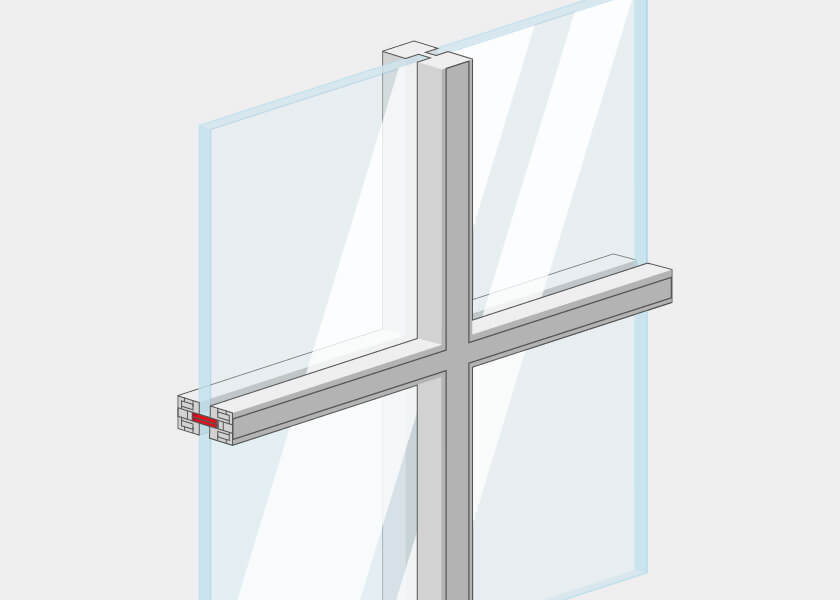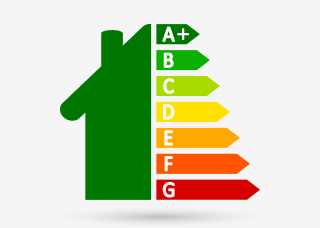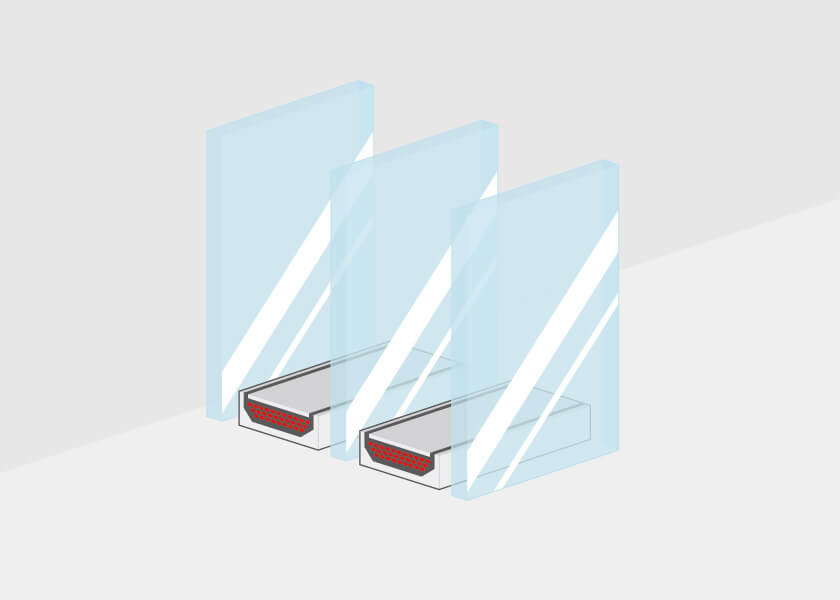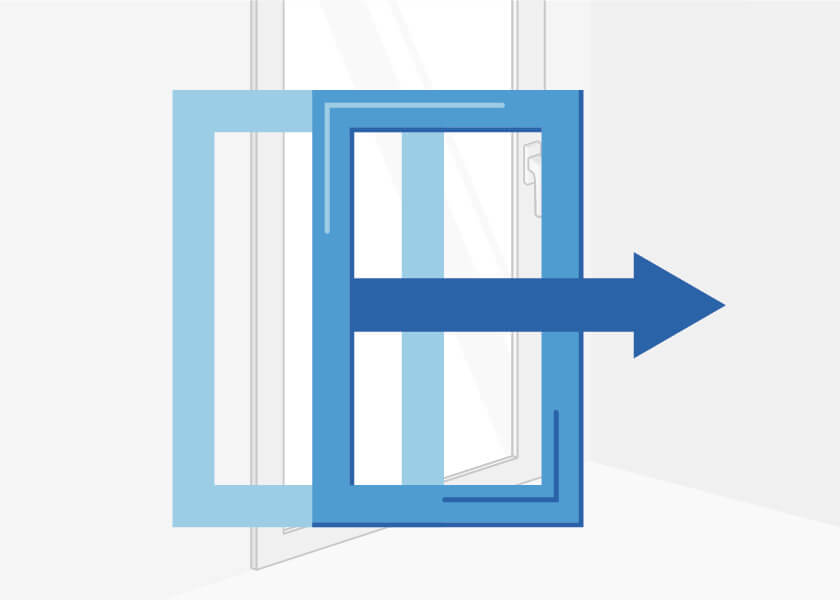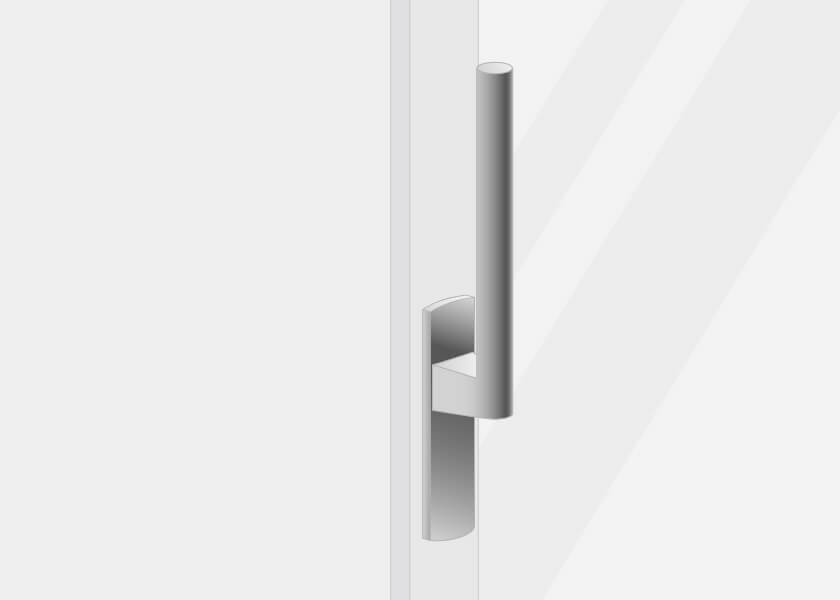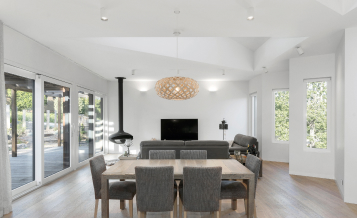Excellent thermal insulation values paired with outstanding levels of robustness
The belief that wood boasts the very best thermal insulation values out of all the available profile materials harks back to the early days of uPVC frames. Since then, however, wood has been overtaken by uPVC. This is due to the combination of a material that naturally exhibits low levels of thermal conductivity and the clever design of the frame profiles themselves.
To take just one example, the modern uPVC-alu frames you see on tilt and slide patio doors consist of a uPVC core that is divided up into a number of hollow chambers – usually between 5 and 6 separate chambers per frame. These air-filled chambers help stop heat being transferred from the uPVC material to the next air chamber and from the air chamber to the next section of uPVC.
While the U-values of uPVC doors are among the best in the industry in their own right, adding an additional aluminium outer shell means that uPVC-alu tilt and slide patio doors also manage to outperform their pure-wood counterparts in terms of structural robustness as well.
The light metal is mounted on the frame in such a way that it can never have a negative effect on the thermal insulation properties of the uPVC.
This means that uPVC-alu tilt and slide patio doors offer greater weather resistance and above-average break-in protection for a very affordable price.
The advantages of the tilt and slide patio door system
At first glance, tilt and slide patio doors can sometimes look more complicated than other types of doors used for balconies and garden areas. This seems particularly true when you compare them to the range of far less complicated alternatives that are available on the market, including:
- Swing doors
- Sliding doors
- Folding sliding doors
However, the major advantage that tilt and slide patio doors have over other mechanisms lies in the relatively large number of opening styles they allow.
In fact, the parallel slide and tilt models from windows24.com can be moved into four different positions. When firmly closed, for example, the door panel sits securely in the frame and offers a high degree of resistance against attempted break-ins and intense rainfall thanks to its robust, heavy-duty construction.
When pushed parallel to the frame, a narrow ventilation gap opens up around the entirety of the panel where it meets the frame. The door can also be tilted to create a large opening that provides particularly effective ventilation.
Finally, when fully open, the panels are pushed to one side to save space, allowing immediate ventilation and permitting free access between your veranda and your home.
Tilt and slide patio doors thus combine all the advantages of sliding doors and windows with an additional tilting mechanism. They also come with a unique advantage of their very own, namely the ability to provide passive ventilation when in the parallel position.
Thanks to the combination of their high-quality mechanisms and their frames made of alu and uPVC, these doors are in no way inferior to other types of doors when it comes to security, despite all the tilting and sliding possibilities they provide.
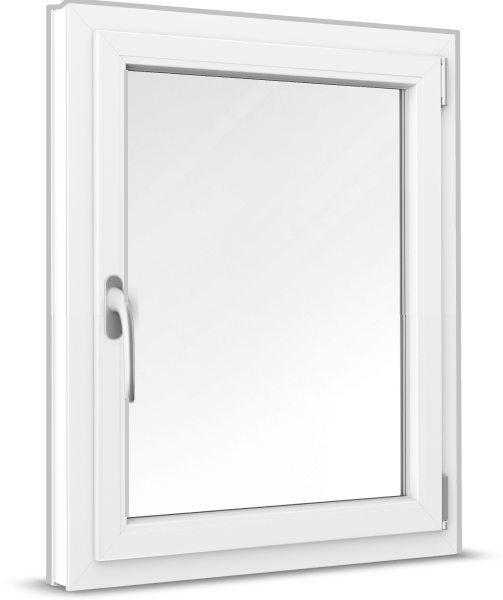 Windows
Windows
 Windows
Windows
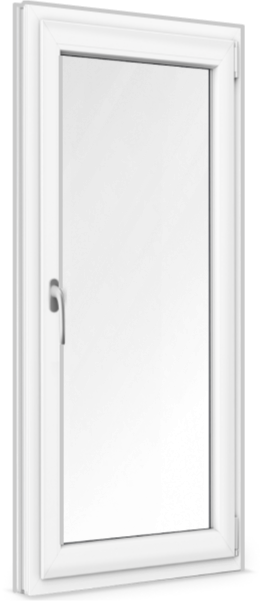 French Doors
French Doors
 French Doors
French Doors
 Patio Doors
Patio Doors
 Patio Doors
Patio Doors
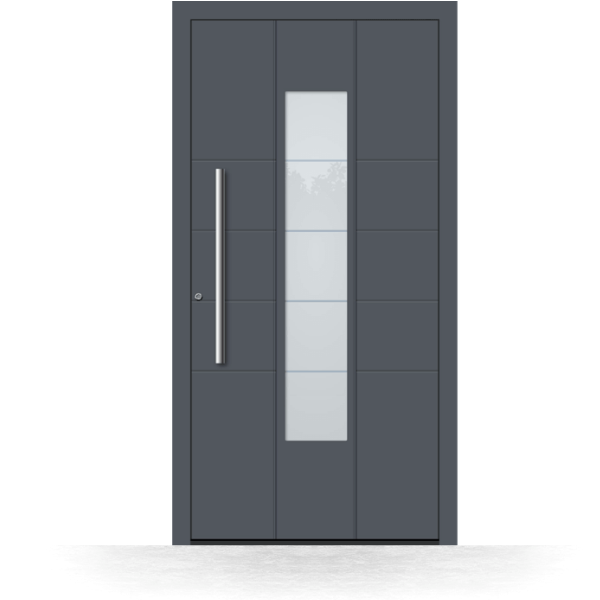 Front Doors
Front Doors
 Front Doors
Front Doors
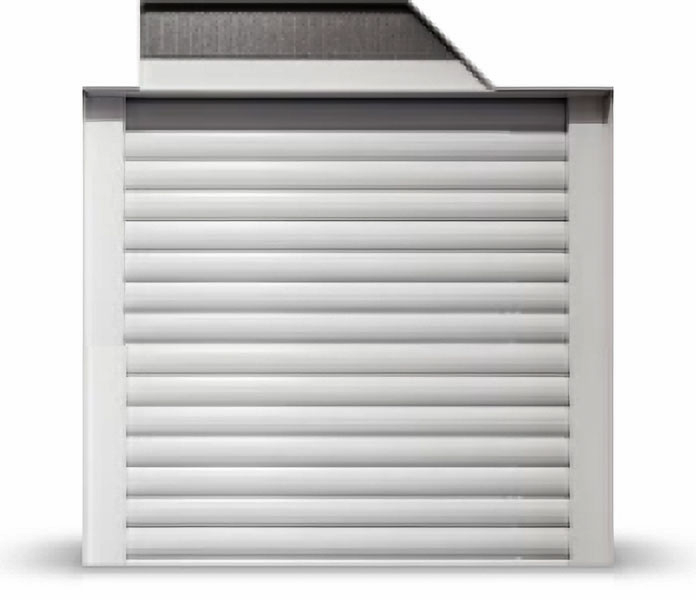 Roller Shutters
Roller Shutters
 Roller Shutters
Roller Shutters
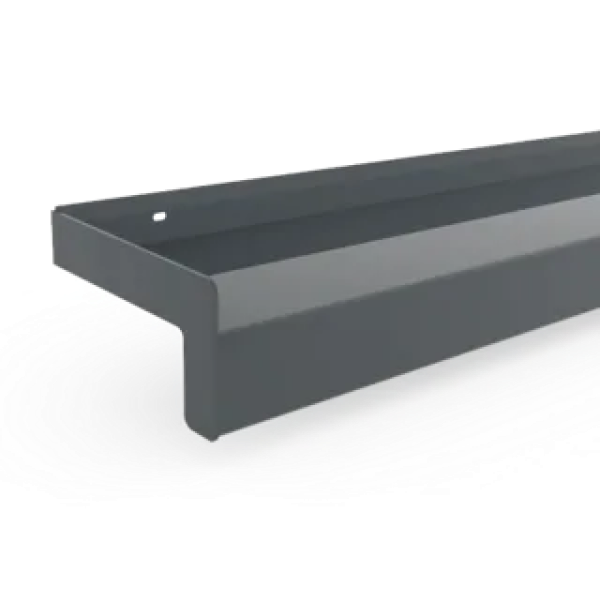 Window Sills
Window Sills
 Window Sills
Window Sills
